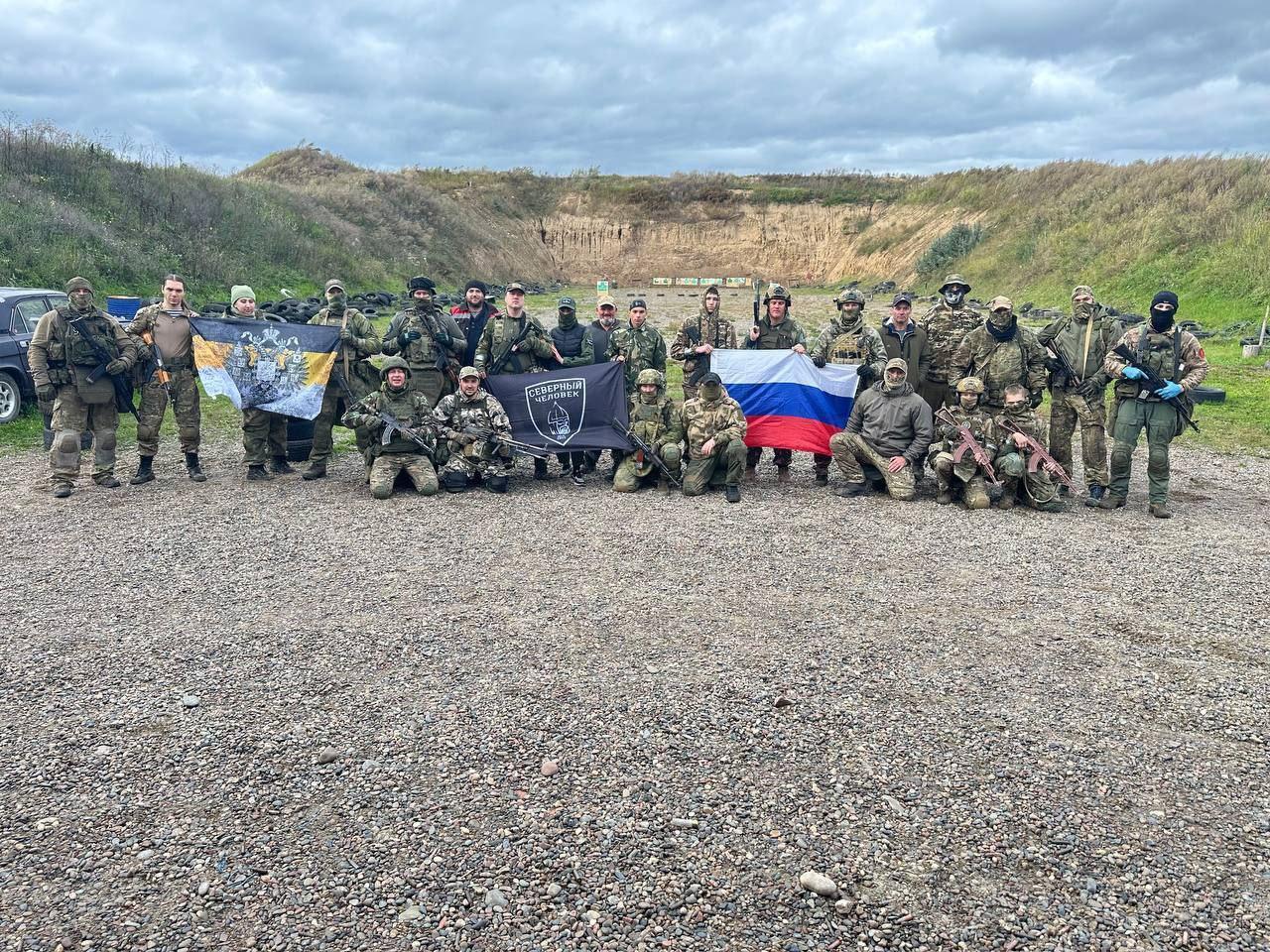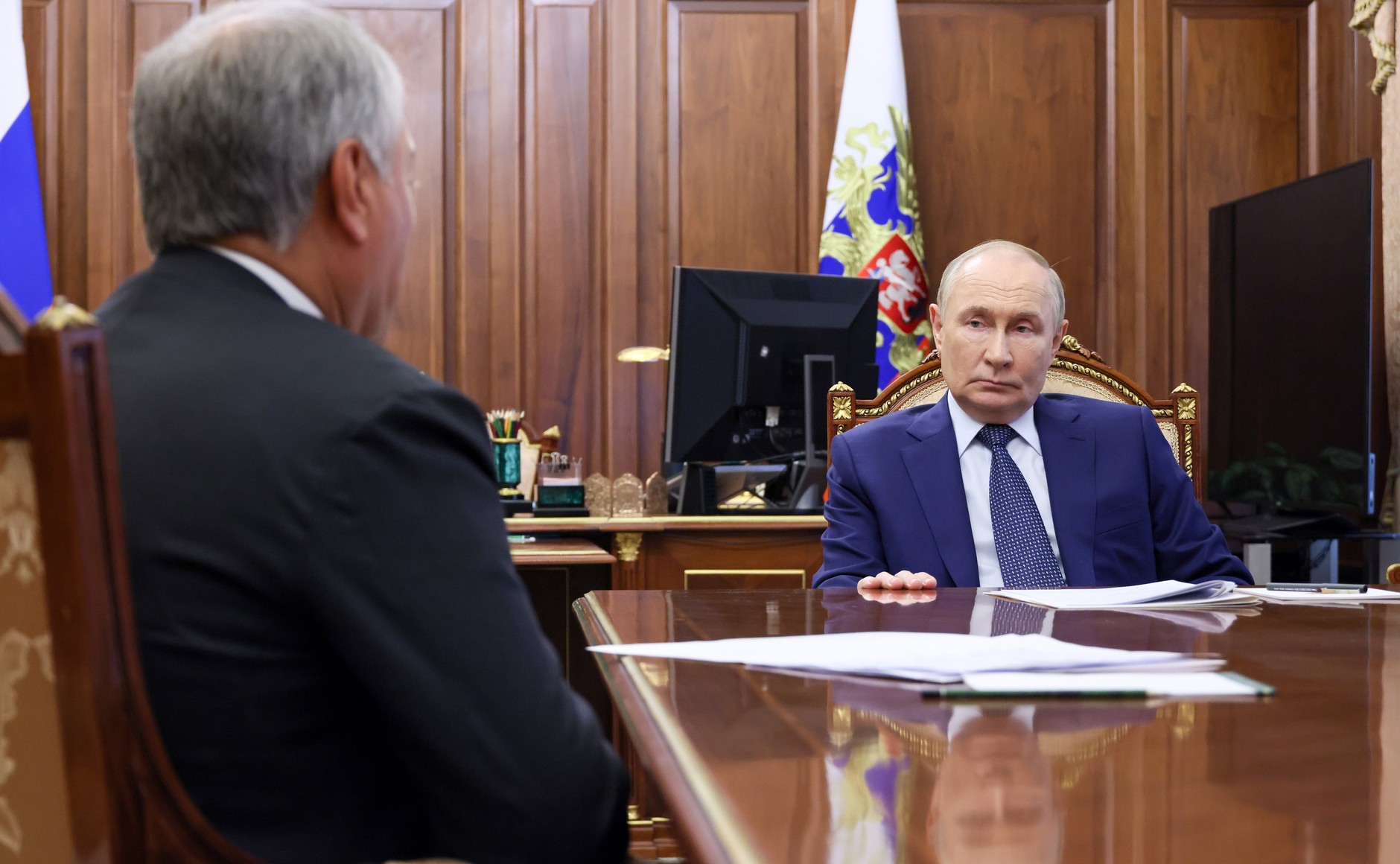
New Mass Protests Materialize Against Putin
New Mass Protests Materialize Against Putin
In the largest revival since the wave of “white ribbon” street demonstrations of 2011–2012, protests against the Russian government erupted again on Sunday, March 26, 2017. Actions took place in a reputed 99 cities across the country, including Moscow, St. Petersburg, Kazan, Samara, Irkutsk, Omsk, Tomsk, Krasnoyarsk, Khabarovsk, Chelyabinsk, Ufa, Simferopol (in occupied Crimea), Sevastopol (in occupied Crimea), Makhachkala and many others (Navalny.com, March 26). The rallies in Russia were also reportedly accompanied by sympathy protests in Bonn and Basel. Not only were the protests nationwide in scope, they also attracted substantial numbers of people. In Moscow, for example, the authorities estimated there were between 7,000 and 8,000 protestors marching along Tverskaya Street, from the Triumphal Arch to Pushkin Square (Kommersant, March 26). In Russia’s second-largest city of St. Petersburg, the demonstrations initially drew 5,000 people, who met on the Field of Mars; the spontaneous march along Nevsky Prospekt, which developed out of it, attracted 3,000 (Kommersant, March 26). Estimates of the numbers of protestors in other cities are more difficult to find, but an interactive map of where protests (and protest-related incidents, such as arrests) occurred—complete with links to YouTube videos of the individual protests—provides support for the claims that the March 26 protests were truly national in scope (Russia.liveuamap.com, accessed March 26, 27).
The protesters were brought out onto the streets to march against the endemic corruption in Russia’s governing system. The immediate cause of the recent protests appeared to be Russian anti-corruption blogger and aspiring presidential candidate Alexei Navalny’s investigative exposé of Prime Minister Dmitry Medvedev’s wealth gleaned from corruption. The protests were organized under the Twitter hashtag #Dimonotvetit or “Dima [Diminutive form of Dmitri] responds.” The hashtag calls on Medvedev to react to the investigations into his personal corruption in a Navalny-produced documentary broadcast on the web (Navalny.com, March 25). Photographs of the marches demonstrate that the main target of demonstrators was Prime Minister Medvedev, but some participants resurrected slogans and paraphernalia against President Vladimir Putin as well. Other placards contained more general protests of corruption and pictures of Putin and Medvedev surrounded by the word “shame.” What was notable by its absence (at least to the knowledge of this author), however, was the presence of any white nationalist or racist slogans, which were a feature of the 2011–2012 protests against the return of Putin to the presidency. This implies that the 2017 protests are more ideologically cohesive than their forerunners.
The regime’s initial response has been to repress the protests by arresting their participants. Navalny reported on his website that demonstrations were unsanctioned by municipal authorities in 72 cities and that Red Square was closed in advance of the protest columns. In four cities—Kazan, Novosibirsk, Perm and Nizhny Tagil—the authorities only granted permission after a legal challenge was lodged (Navalny.com, March 25). In most cases, officials responded to the protests with mass arrests. The latest figures from the most liberal newspaper in Russia, Novaya Gazeta—its website was constantly being updated at the time of writing—are that Moscow saw more than 500 arrests, St. Petersburg saw 30, and Krasnodar 200 (Novaya Gazeta, March 26). At the protest in Vladivostok, media sources reported that 30 people were arrested, whereas another 8 were detained at Uizhno-Sakhalinsk (Lenta.ru, March 26). The most notable arrest came in Moscow, where Alexei Navalny himself was arrested in the area around Pushkin Square. News of Navalny’s detention was communicated via Twitter by the director of the Fund for the Fight Against Corruption, Novel Rubanov. On his microblog, Navalny himself urged followers not to worry about him but to continue the protests by taking them to Tver, noting that the police had not beaten him (Lenta.ru, March 26). In Volgograd, on the other hand, Cossack supporters of the regime clashed violently with pro-Navalny forces, confirming fears that in the event of civil unrest, conservative pro-regime forces would occupy streets and plazas to quell demonstrations of opposition (Russia.liveuamap.com, March 26).
It is too early to tell whether this is that start of another protest wave similar to that seen in 2011–2012 or a one-off event that will have no further repercussions. Perhaps the most significant immediate impact of the Sunday protests is that they have shattered the aura of invincibility surrounding the Russian president. Ever since the annexation of Crimea in 2014 (and perhaps that event was undertaken with this in mind), the Russian regime has successfully quieted protests while Putin’s personal popularity has supposedly remained stratospheric. But the scale of the latest events and their successful coordination across the country has broken the illusion of a population fundamentally content to live with declining living standards and pretensions to geopolitical dominance.
At the same time, the anti-regime sentiment generated during the 2011–2012 “white ribbon” protest wave has clearly not been exhausted, despite assertions to the contrary. Part of the promise of those initial protests was that they put like-minded people in touch with each other, revealing that they were not alone in their opinions (Mischa Gabowitsch, Protest in Putin’s Russia, Polity Books, 2017). And the youth demographic that turned out to protest last weekend suggests that similar processes of social consciousness formation may be underway, which could have a lasting effect on Russian politics. Consequently, while many observers have argued that the protest potential of the population had been sacrificed upon the altar of Crimea-inspired jingoism, this has clearly not proven to be a lasting solution for the Putin regime. Whether these protests continue or not, they are sure to add momentum to Navalny’s promise to run for the presidency (despite a criminal conviction on seemingly trumped-up charges) in 2018.


